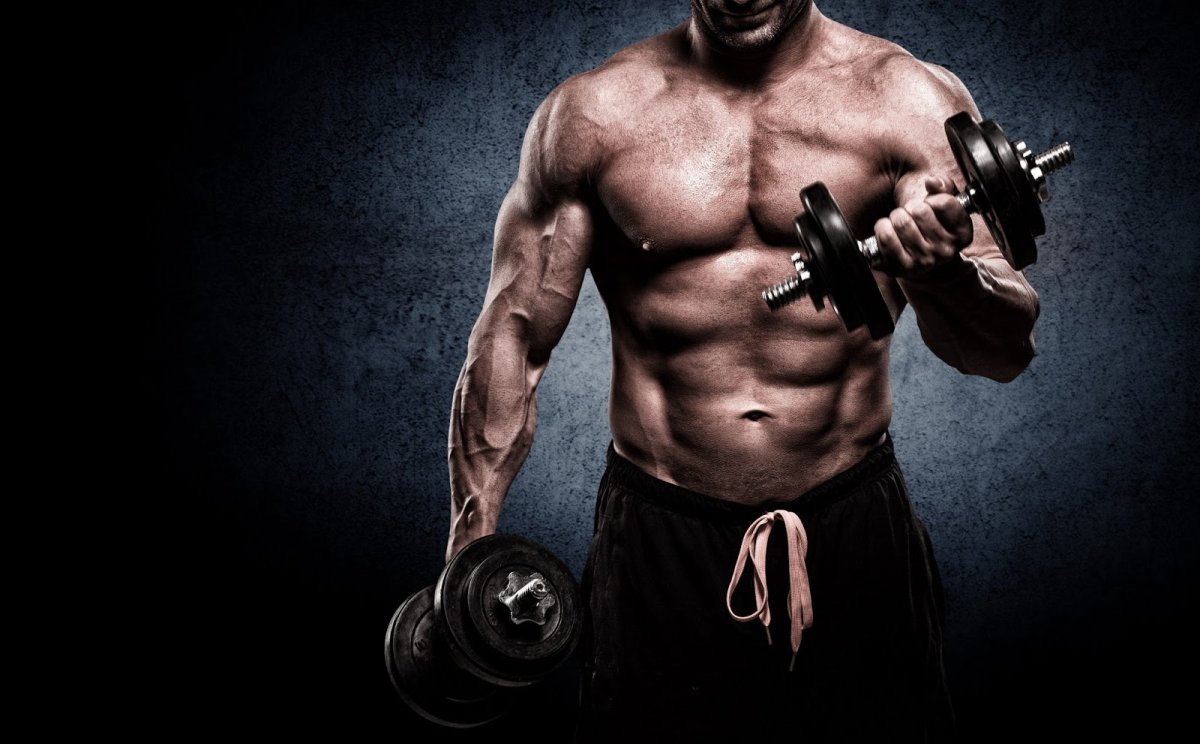The fundamental principles of high-intensity training are equal for all of us. But individual response to such training may vary widely. This factors depends in most of cases on the genetic characteristics of an organism.
It is practically impossible to evaluate the practical potential of a beginner bodybuilder. However, there are certain by genetic aspects that can help a trainer to make a prediction for the future. This is the width and length of bones, muscle length, the ability to restore the muscles density and tissue. There is also a set of genetic and physiological traits which compose a series of mechanisms that regulate the rate and extent of reactions to the exercise.
There is evidence that the results you acquire in the gym are highly dependent on the effectiveness of satellite cell-mediated myonuclear addition. Your muscles won’t grow unless the satellite cells surrounding your muscle fibers donate their nuclei to your muscles so they can produce a larger amount of genetic material and to signal the cells to grow.
The difference between outstanding responders in comparison to average and non-responders in strength training is caused mostly due to satellite cell activation. Excellent responders have more satellite cells that surround their muscle fibers, as well as a extraordinary ability to increase their satellite cell pool through training and workout.
Many researches showed that individuals who have high expression of key hypertrophy genes have a distinct adaptive advantage over other individuals. Individuals with lower baseline expression of key hypertrophy genes showed a lower capacity to adapt to strength training, despite the fact that workout did increase their gene expression in response to the given exercise.




